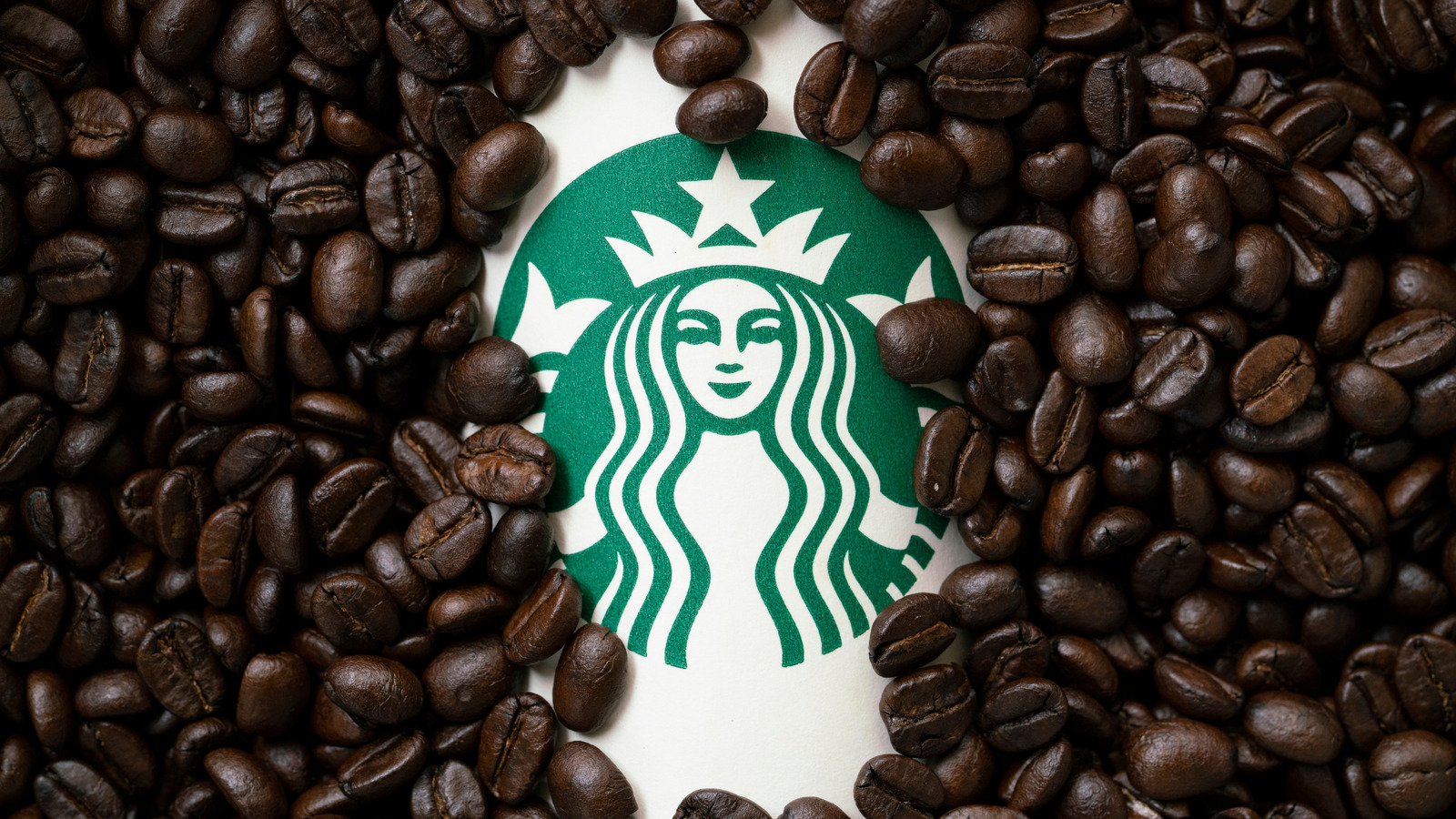justjlm.org – In 1971, a small coffee bean store named Starbucks opened its doors in Seattle’s Pike Place Market. Founded by Jerry Baldwin, Gordon Bowker, and Zev Siegl, the store was initially inspired by a love for coffee and a desire to share high-quality, freshly roasted beans with the world. Little did they know, they were planting the seed for what would become a global coffee empire.
The Vision of Howard Schultz
In 1982, Howard Schultz joined Starbucks as the Director of Retail Operations and Marketing. Schultz had a vision that went beyond just selling coffee beans. He envisioned a place where people could enjoy a cup of coffee in a warm, welcoming environment. After a trip to Italy, Schultz was inspired by the Italian coffee bars and proposed that Starbucks incorporate a similar concept into its business model.
The Evolution of Starbucks
In 1987, Schultz bought the company from its original owners and began to expand the business, opening the first Starbucks café in Seattle. The new cafes offered a variety of coffee drinks, including espresso and cappuccino, alongside the high-quality coffee beans that had become the company’s hallmark.
Global Expansion
Starbucks’ success in the United States quickly led to international expansion. The first international store opened in Tokyo in 1996, followed by rapid growth across the globe. Today, Starbucks operates over 30,000 stores in over 80 countries, with each location tailored to fit the local culture while maintaining the brand’s signature aesthetic and quality standards.
Innovation and Sustainability
Starbucks has always been at the forefront of innovation in the coffee industry. From introducing the world to the Frappuccino in the 1990s to continually updating its menu with seasonal and local offerings, Starbucks has kept its customers engaged and excited about their coffee.
In addition to its culinary innovations, Starbucks has made significant strides in sustainability. The company has committed to ethical sourcing, ensuring that the coffee beans are grown and harvested in a way that is environmentally friendly and supports the farmers and communities. Starbucks has also made efforts to reduce its carbon footprint, use sustainable materials, and minimize waste.
The Starbucks Experience
What truly sets Starbucks apart is the experience it offers to its customers. The company has cultivated a sense of community and belonging, with stores designed to be a “third place” between home and work. The atmosphere, the baristas, the music, and even the smell of coffee all contribute to a unique experience that keeps customers coming back.
Challenges and Controversies
Despite its success, Starbucks has faced its share of challenges and controversies. Issues such as ethical sourcing, labor practices, and the impact of its stores on local businesses have been points of contention. The company has also had to navigate the changing tastes of consumers and the rise of competitors in the coffee market.
Looking to the Future
As Starbucks continues to grow, it faces the challenge of maintaining its relevance in a rapidly changing world. The company is exploring new technologies, such as mobile ordering and digital payments, to enhance the customer experience. It is also focusing on health and wellness, offering more plant-based and nutritious options to meet the demands of health-conscious consumers.
Conclusion
From a single store in Seattle to a global brand with a presence in every corner of the world, Starbucks has come a long way. Its success is a testament to the power of a good idea, the importance of quality and innovation, and the enduring appeal of a great cup of coffee. As Starbucks continues to evolve, it remains committed to its mission of inspiring and nurturing the human spirit – one person, one cup, and one neighborhood at a time.
